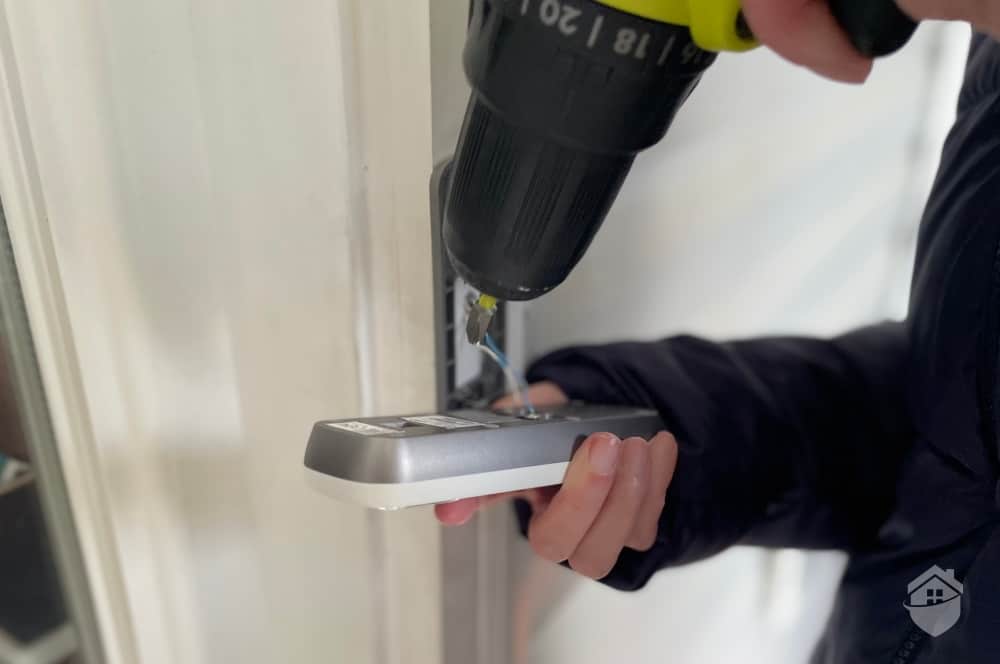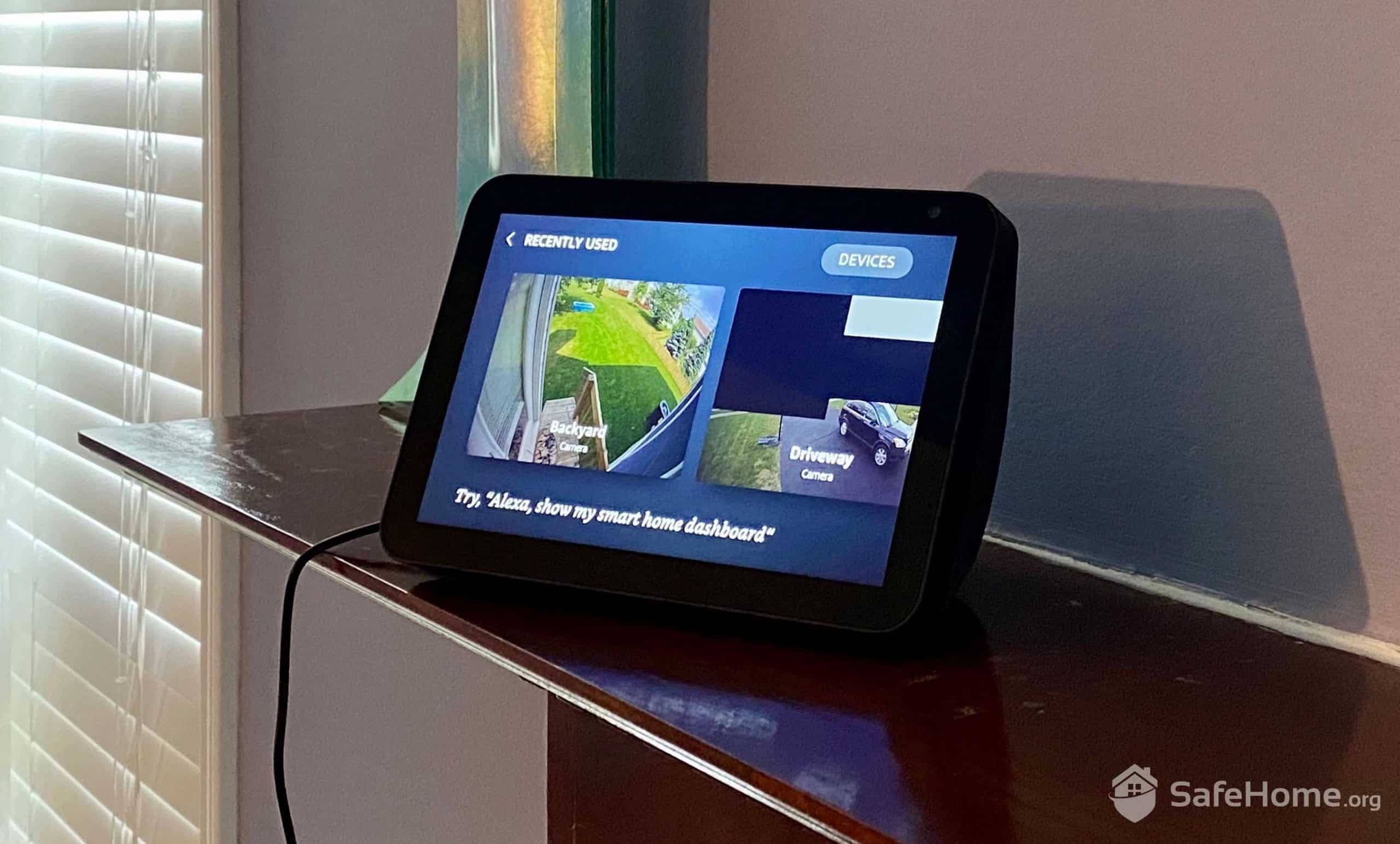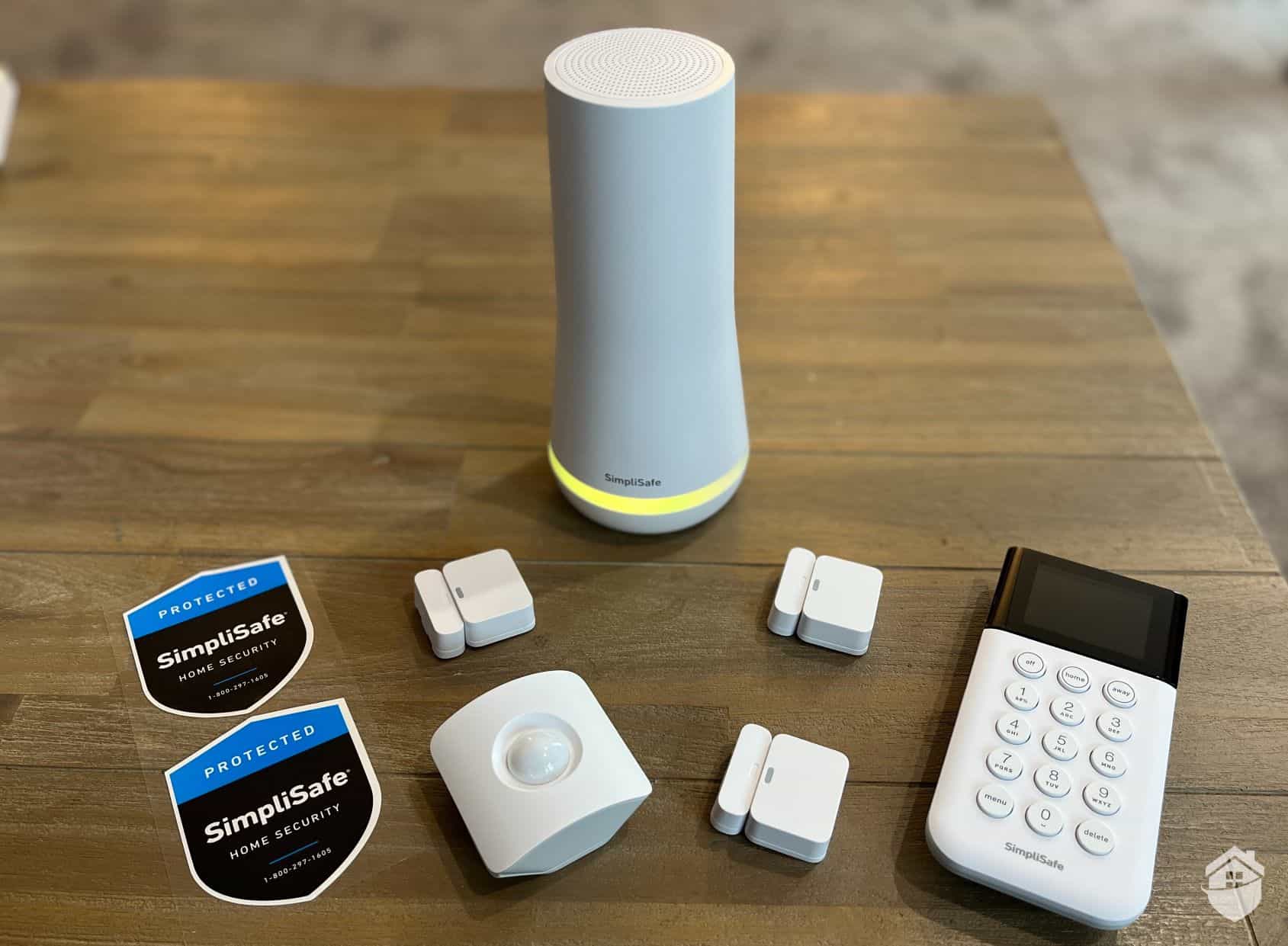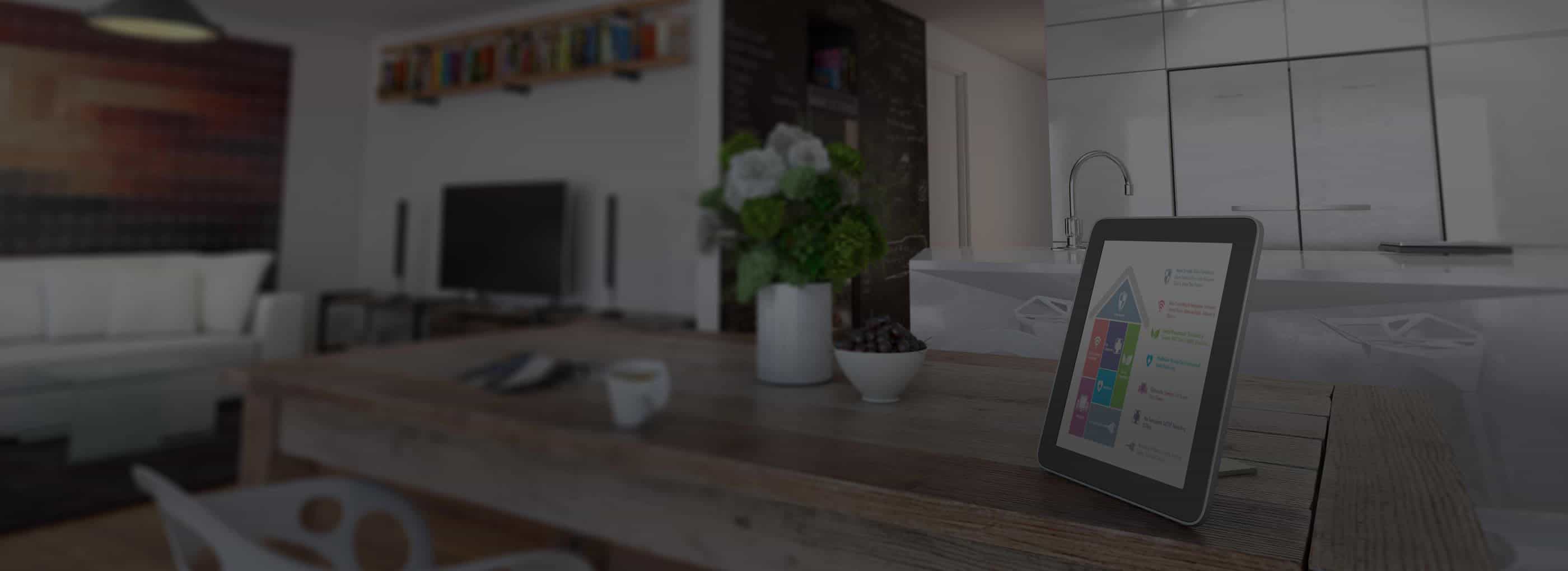There is nothing like the perfect home security system. The problem is, what is perfect can change for your family from time to time. Many people choose a basic level of home security and automation to find out if it is worth it. Over time, they may decide that they want to make some updates. Upgrading an existing home security system is generally possible, depending on the system you have and what features you hope to add.
Can You Upgrade an Existing Home Security System?
The fast answer to this question is yes. Most of the time, you can upgrade and do so in a number of ways. Because many home security companies are continuously working on new features and better quality equipment, it makes sense to want to upgrade. Sometimes, doing this on a routine basis is worthwhile.
You should consider upgrading when it fits your needs. For example, does your current system not provide you with enough protection? Perhaps you want to add more angles and levels of protection to your home. In other situations, you may be having trouble with the current setup, and you want something more versatile. These are just some of the reasons to upgrade.
To determine if you can upgrade, take a closer look at your equipment.
- Does the company you currently have the system to offer the upgrades that you want and need? If so, you may be able to purchase additional equipment to fill those needs from the same company. This is the easiest way to upgrade.
- If it does not, then you may need to look for equipment that is compatible. Some home security companies make their system compatible with other brands. Be sure to check for compatibility before making any purchase.
It’s not uncommon for property owners to need to upgrade. Most home security companies want you to upgrade as well, which means they can provide you with more service and features.

Installing the Lorex Doorbell Camera
What Are Some Upgrades That Can Be Made?
There are various ways to upgrade your current system. If you are unsure if you need or want to do so, take a look around your home. Consider areas still at risk. Then, turn to the company to determine which tools are available to help you upgrade and modernize the system.
Equipment Upgrades
The most common reason to upgrade is to get new equipment. In some situations, you may be replacing existing equipment with better models. For example, you may want to upgrade the cameras you have to improve the resolution or the zoom features. You may want to upgrade your sensors to more powerful versions. Swapping out old for new equipment is common, especially as more advanced products become available.
Another way to upgrade is to add more to your existing system. You may have two cameras outside, but you want to add another one. You may want to add a spotlight camera, window and door sensors, or a doorbell camera. Adding more equipment is possible in most cases. Just be sure the new components you add connect with your existing system.
Monitoring and Plan Upgrades
If you do not have 24-hour professional monitoring, this could be one of the best upgrades you make. It allows you to have a team of professionals available to monitor your home and react when something happens. They can contact you and emergency responders when there is a need to do so. Upgrading your home security system to include 24-hour monitoring tends to be worthwhile.
Also, take a closer look at any plan that you currently have. Some companies allow you to upgrade the plan of protection to a higher level, giving you more features that may help you. For example, an upgrade could help you to secure more home automation or provides you with video recording services. Consider a plan upgrade if what you have now is not enough.

Controlling Ring with Alexa
How to Upgrade an Existing Home Security System
As noted, you can upgrade your home security system by adding more to it, adjusting your coverage, or replacing components. It is important to ensure your security company knows what’s happening with these upgrades if it could impact your contract or the services they offer.
If you want to upgrade an existing system with the same company, you can generally purchase compatible equipment and just add them on. If the provider you work with requires professional installation, contact them to inquire about your plan. Many times, you will need to have a pro install any type of hardwired addition to your existing system.
When upgrading on your own, learn as much as you can about the equipment itself. Make sure it is compatible with your current system, especially if there is any home automation involved. You want to be sure that your home security system’s app can connect to your new equipment and that each component communicates with each other.

SimpliSafe Essentials Kit
Upgrading vs Replacing a Security System
Should you upgrade or replace your existing system? That’s really up to the types of changes you plan to make. Some people have very base home security systems with limited features. These are a good option for starters, but over time, you may miss out on key features. In this case, replacing a basic system with a new, fully-featured system makes sense.
Replacing your existing system with another brand that gives you more of the features you want is not uncommon. If you have a contract, be sure to contact the company to learn how to handle that. In other cases, you may be able to simply take down your existing system and replace it with a new one.
Before you decide to replace the existing system, consider the options for upgrading. It is typically less expensive to simply add on new components. If you are unhappy with an existing system, though, replacement tends to be a better route to take. The good news is that in all situations, there is likely to be a system to fit each one of your goals.
FYI: SafeHome is now livestreaming! Got questions about home security? Email us at info@safehome.org, and we’ll answer your questions live on our next stream—personalized advice, straight from the experts. Find us on YouTube @safehome_org. Don’t miss out!
How does your home measure up when it comes to security? Take this quiz to see how you score, and get recommendations to protect your home.



